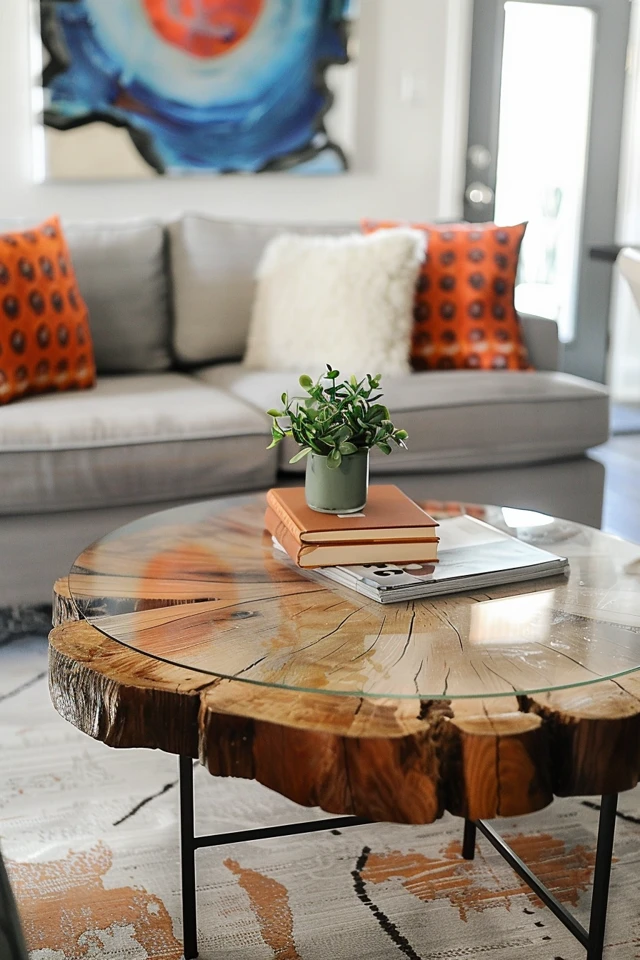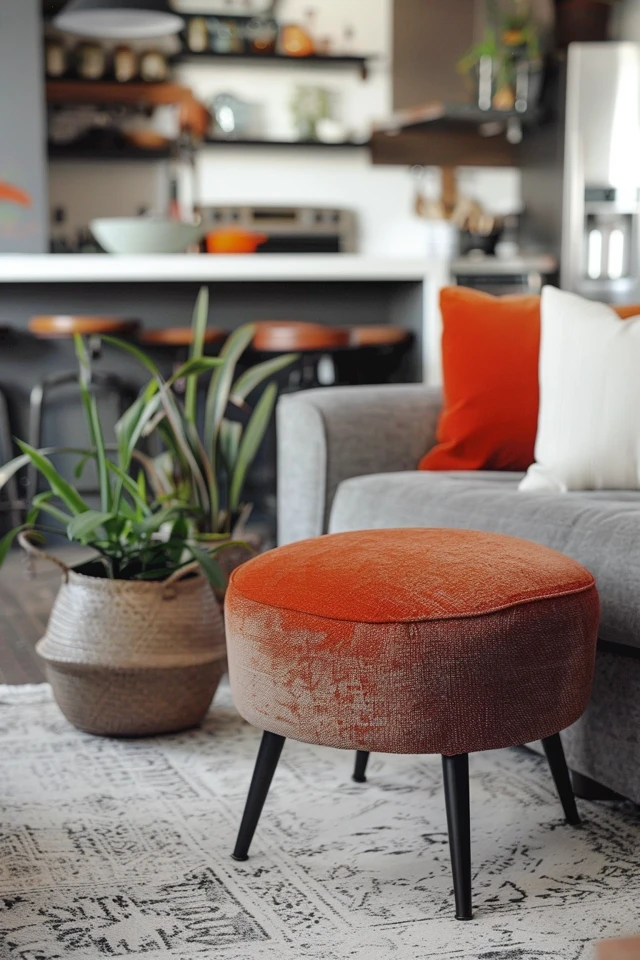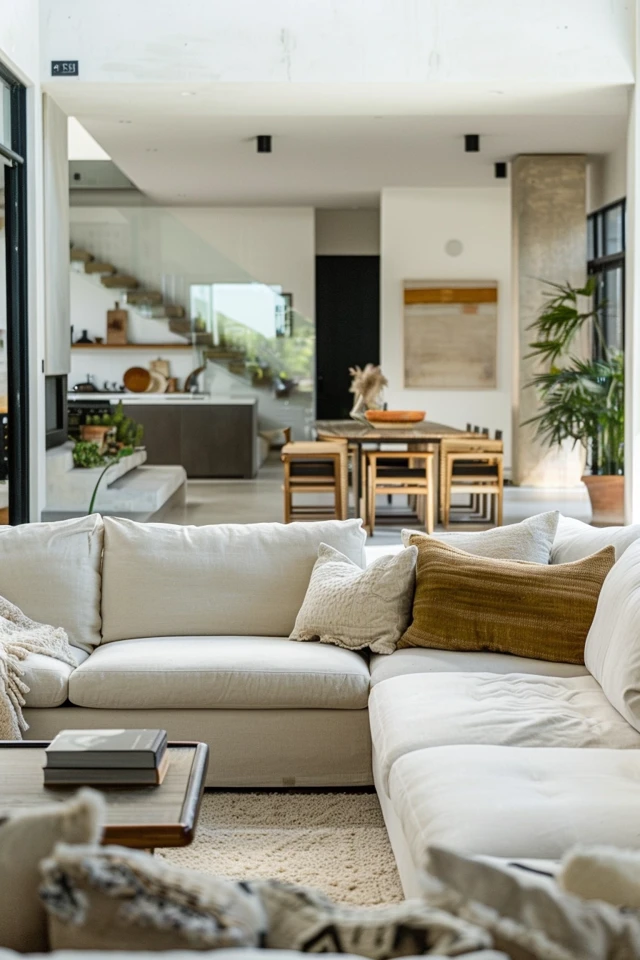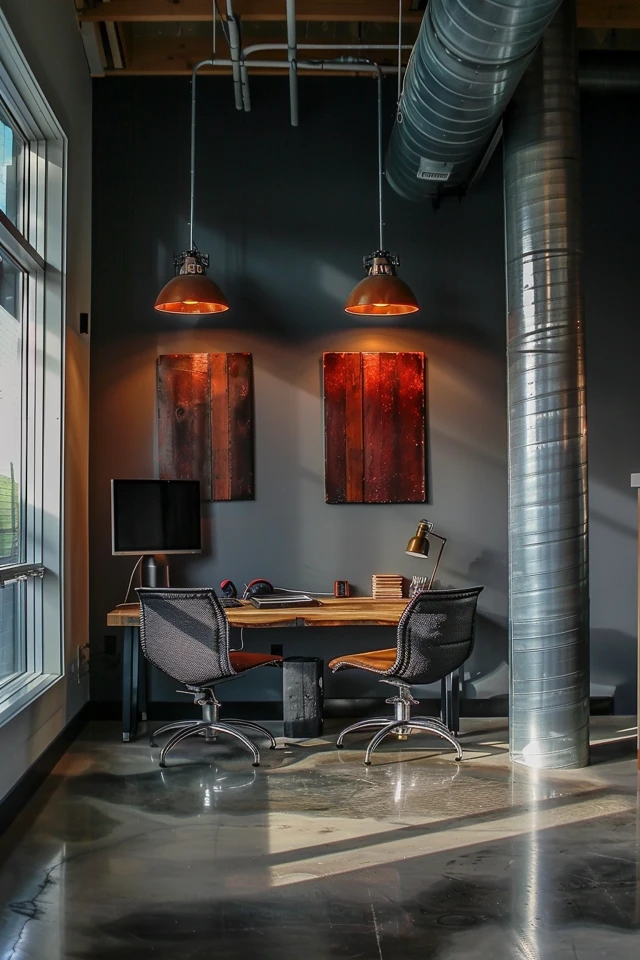Today I want to talk about industrial house design, which has become incredibly popular in recent years. This modern interior design style combines edgy and trendy elements to create a unique and stylish atmosphere in both homes and offices. If you’re looking to add a touch of urban sophistication to your living space, industrial house design might be just what you need.
Industrial house design draws inspiration from old factories and industrial spaces, incorporating raw textures and utilitarian features. Picture exposed brick walls, steel beams, and ductwork, combined with a neutral color palette dominated by grays, blacks, whites, and muted earth tones. It’s all about embracing the beauty of industrial materials and creating a rugged, stylish, and character-filled living space.
Raw materials like reclaimed wood, concrete, and metal are incorporated into furniture, flooring, and decor. Vintage and repurposed items, such as old factory carts and industrial-style lighting fixtures, add a sense of history and nostalgia. The design style also emphasizes open spaces and uncluttered looks, allowing the industrial elements to take center stage.
Key Takeaways:
- Industrial house design combines modern and edgy elements.
- It draws inspiration from old factories and industrial spaces.
- Exposed architectural elements like brick walls and steel beams are celebrated.
- Neutral color palettes dominated by grays, blacks, and whites are common.
- Raw materials like reclaimed wood, concrete, and metal are incorporated.
Key Principles of Industrial Chic Interior Design
Industrial chic interior design draws inspiration from the raw and unrefined aesthetic of urban lofts and factories. This design style embraces exposed elements such as brick walls, steel beams, and ductwork to add authenticity and industrial character to the space.
The key principles of industrial chic design revolve around creating a harmonious blend of raw materials, vintage items, and open spaces, combined with industrial lighting fixtures and a neutral color palette.

Exposed Elements
In industrial chic design, exposed elements like brick walls, steel beams, and ductwork serve as focal points and add an industrial charm to the space. These architectural details are celebrated and often left untouched or minimally modified to maintain their authenticity.
Neutral Color Palette
A neutral color palette dominated by grays, blacks, whites, and muted earth tones is a hallmark of industrial chic design. This allows the industrial materials and textures to shine and provides a versatile canvas for creating a visually appealing space.
Raw Materials
Raw materials like reclaimed wood, concrete, and metal are incorporated into furniture, flooring, and decor. These materials add a sense of authenticity and rawness, contributing to the overall industrial aesthetic.
Vintage and Repurposed Items
To bring a sense of history and nostalgia, industrial chic design incorporates vintage and repurposed items. Old factory carts, antique signage, and industrial-style lighting fixtures are examples of how vintage elements can be blended into the space.
Open Spaces
Maintaining open spaces is essential in industrial chic design. This design style prioritizes uncluttered looks, allowing the industrial elements to take center stage. Open floor plans and minimalistic furniture arrangements create a sense of spaciousness and highlight the industrial features.
Industrial Lighting
Industrial lighting fixtures with exposed bulbs, wire cages, and metal shades play a crucial role in industrial chic design. These fixtures provide both functional illumination and decorative flair, further enhancing the industrial aesthetic.
Combining Styles
Industrial chic design can be combined with other design styles to create a unique look that suits individual preferences. For example, combining industrial elements with modern or rustic influences can result in a personalized and eclectic space.

Exploring Modern Industrial Interior Design
Modern industrial interior design is a captivating fusion of old and new, seamlessly blending raw, gritty elements from industrial spaces with modern, comfortable features. Its origins can be traced back to the Industrial Revolution, but it gained significant popularity in the 1960s and 70s when old factories were repurposed into living spaces.
This design style embraces exposed architectural materials, such as bricks, concrete, steel beams, pipes, and ductwork, celebrating their raw and utilitarian appeal. It champions authenticity by preserving the industrial character of these elements while incorporating them into a contemporary context.
Open spaces with high ceilings and large windows are common in modern industrial design. This architectural approach creates a sense of spaciousness and allows plenty of natural light to flood the interiors, contributing to a bright and airy atmosphere.
The color palette often leans towards neutral shades like blacks, grays, and browns, aiming to create a sense of simplicity and rawness. These subdued hues provide a backdrop for the industrial materials to shine, allowing them to take center stage.
Rough textures, such as weathered wood, rusted metal, and exposed brick, are eagerly embraced in modern industrial design. These elements add a touch of authenticity and provide a raw and edgy aesthetic to the space.
Modern industrial interior design strikes a balance between the rugged and the refined, blending the old and the new to create a unique style that marries rawness with sophistication.
Furniture in modern industrial design typically combines metal and wood, contributing to the overall industrial aesthetic. The juxtaposition of these materials adds visual interest and creates an intriguing contrast in textures and finishes.
Concrete flooring is a staple in modern industrial design. Its unfinished and raw quality perfectly complements the overall aesthetic, adding to the rugged charm and utilitarian feel of the space.
Unlike traditional industrial design, which solely celebrates raw architectural elements, modern industrial design incorporates more contemporary features and finishes. It embraces the integration of modern comforts while still paying homage to its industrial origins.

Conclusion
In conclusion, the world of interior design has been revolutionized by the emergence of industrial house design, modern industrial interior design, and industrial chic design. These design styles offer a trendy and urban aesthetic that brings together the raw appeal of industrial elements with the comfort and sophistication of modern living.
The industrial interior design movement celebrates the beauty of raw textures and utilitarian features, showcasing exposed architectural elements like brick walls, steel beams, and ductwork. With a neutral color palette and a mix of raw materials such as reclaimed wood, concrete, and metal, the industrial chic design creates a charming and character-filled atmosphere. Vintage and repurposed items add a touch of history and nostalgia, while open spaces allow the industrial elements to take center stage.
Modern industrial design takes things a step further by infusing contemporary features into the mix. This design style strikes a perfect balance between rawness and sophistication while maintaining a focus on open spaces, high ceilings, and natural light. The combination of rough textures, like weathered wood and exposed brick, with sleek furniture and polished surfaces creates a unique look that is both edgy and refined.
Ultimately, whether you prefer the raw and rustic charm of traditional industrial design or the sleekness of modern industrial design, these styles offer endless possibilities for creating a trendy, unique, and character-filled living space. So, why not embrace the industrial aesthetic and create a home or workspace that reflects your individuality and celebrates the beauty of both the past and the present?

